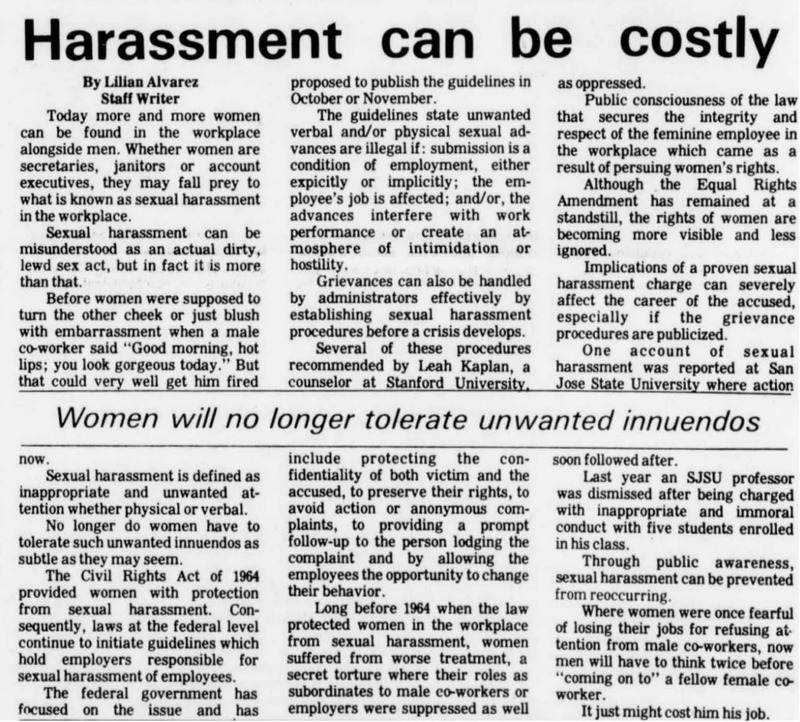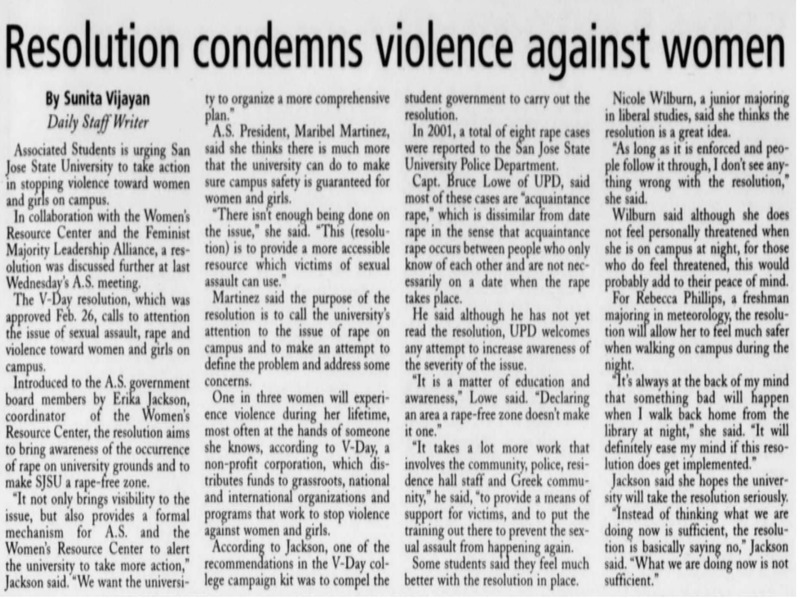Safety
This page shows archives and interviews collected from both subjects Violence Against Women and Lindy Hop, showing the intersecting connections towards the topic of 'Safety'.
From Lindy Hop interview with Megan and Bud
7. Cultural & Historical Terminology
Megan: What’s the difference between “Jitterbug” and “Lindy Hop”?
Bud: They’re essentially the same. Historically, “Lindy Hop” was the Black‑origin term; white communities called it “Jitterbug.”
Megan: And “boogie‑woogie”?
Bud: A related style, less commonly understood.
9. Music & Future of Swing
Megan: Is there enough new swing music today?
Bud: No—Brian Setzer, Squirrel Nut Zippers, Big Bad Voodoo Daddy brought fresh tunes in the ’90s. Now, Postmodern Jukebox does modern covers, but original swing songs are scarce.
Megan: Do you think swing will resurge?
Bud: Possibly when people feel comfortable with close contact again. American individualism and personal‑space norms slow that, unlike Latin dances which thrive on closeness.
Analysis of 'Safety'
In both article pieces of “Harassment Can be Costly” and “Resolution Condemns Violence Against Women,” women’s physical safety and right to public space is heavily emphasized. It reflects a lot of the growing awareness of the limitations of women’s freedom in regards to violence and harassment at the time.
In regards to the interview with Bud, the responses reflect on how women’s autonomy were shaped by cultural norms such as through dance forms like Lindy Hop, Jitterbug, and Boogie-Woogie. Dances like Jitterbug and Lindy Hop involve a lot of close physical contact which can raise concern regarding consent, comfort, bodily autonomy; which were all major topics discussed in the Spartan Daily articles such as “Harassment Can be Costly.” The article talks about the new possible consequences of men coming onto women, similar to a warning to the masses. Women at the time were demanding safer environments and clearer definitions of harassment, which created a social awareness about who and when women can be touched. Although this change was necessary to the growth of women’s safety, it has indirectly impacted the physical nature of swing dancing. In this interview, Bud thinks that one of the ways that swing dance can resurge today is through the comfortability of touch again, which was heavily reevaluated during the time of the ‘80s. He believes the growth of American individualism will slow this resurgence due to the lack of community focused partner dance. Without this previous community built on trust, the resurgence of swing is much more difficult to obtain.
This further poses the question of how we as a society can move forward in balancing the importance of women’s safety and autonomy, as well as communal aspects of activities like swing dance.



